There’s something so peaceful about watching a few deer slowly grazing through a field at dusk. However, these serene visions quickly turn to red. Especially when you wake up to find your favorite plants munched to the ground. Although it's close to impossible to deer-proof your yard, there are certain things you can do. One that'll make it less likely that these four-legged frienemies pay you a visit.
In this in-depth guide to gardening with deer, we cover six topics. These will help you successfully coexist with your local deer population:
- What plants do deer like to eat?
- What makes a plant "deer resistant?"
- Deer-resistant perennials
- Deer-resistant shrubs
- Deer-resistant plants for shade
- Deer-deterring tips for keeping deer out of your garden
Taking a multi-pronged approach means you’ll have a better chance of keeping Bambi at bay. And if we've missed something that you've found particularly effective. Especially at discouraging deer from your property, please let us know in the comments. Or, tag us on social media @MonroviaPlants. Your fellow gardeners will certainly appreciate your insight.
1. What plants do deer like to eat?
Like all living things, deer are always looking for the best and easiest access to food, water, and shelter. If your yard provides any of these, don’t be surprised if it becomes a prime critter hang-out spot. When the visitors are birds and butterflies it’s one thing. However, it's a whole different story when said critters make waste of your prized plants.
Deer are voracious grazers, but they certainly have their preferences— things they like and things they don’t like. To get these hooved herbivores to skip your yard and go to the next, you should take a holistic approach. In other words, deer may still come-a-running if you have plants they love. Even if you also have plants they despise.
The reasons why deer prefer certain plants vary. But as with humans, it's largely due to taste, smell, and mouthfeel. Or, because they provide a specific nutrient they need to remain healthy.
In general, deer like plants with the following characteristics:
- Soft leaves, stems, and flowers
- Narrow leaves, but not stiff and needly
- Broadleaf leaves and flowers
- Smooth leaves (i.e., not fuzzy or prickly)
- Sweet or soft fragrance
- Sweet tasting leaves and flowers
If you're wondering what specific plants would be included in the ultimate deer salad bar, these are some favorites. Hostas, daylilies, petunias, pansies and violas. Also, impatiens, roses, hydrangeas, azaleas and rhododendrons. Lastly, Indian hawthorne, euonymus, most yew, arborvitae, apple and cherry trees.
To minimize the chances of deer wreaking havoc in your yard, avoid the plants like these. Choose deer-resistant alternatives instead.
2. What makes a plant “deer resistant”?
By making wise plant selections and taking proactive measures (some outlined below), you can have a beautiful, lush garden. One that hopefully won't turn into the next deer hotspot. So what makes a plant deer resistant?
Top 5 characteristics of deer-resistant plants:
- Bitter taste
- Strong fragrance
- Fuzzy, prickly, and/or tough leaves
- Thorny stems *
- And of course, deer also don’t like plants that are toxic.
* Despite their thorny stems, oddly, roses — the quintessential thorny plant — are often eaten by deer. Particularly if they have a soft smell. Deer expertly navigate past the stiff thorns to the sweet flowers and tender new growth. Some suggest it’s because of their high vitamin C content.
Unfortunately, however, some of these characteristics are difficult for humans to discern from a deer’s perspective. We’re not going to munch on a plant’s leaves to determine if it’s bitter. What’s toxic or stinks to us, may not be to a deer — and vice versa. This is why it’s important to stick with what’s known and has been well documented.
To that end, in the sections below you will find lists of deer-resistant plants. These will help you in your plant-choosing efforts. In addition, with the help of landscape and nursery professionals, Rutgers University has compiled an extensive list of plants. They categorized plants by the degree to which it is likely to be damaged by deer. Ranging from “Rarely Damaged” (i.e., most deer resistant) to “Frequently Severely Damaged” (i.e., most preferred by deer). You can find that list here.
Note, however, that no plant is deer-proof and deer behavior may be different by location. What deer eat is based on the size and preferences of the local deer population. As well as the scarcity of food. If conditions are dire, deer will eat almost any plant if it’s a choice between living and dying.
3. Deer-Resistant Perennials
Because of their tender leaves and petals, and sweet taste, perennials are staples in a deer’s diet. Which makes it particularly important to determine which are deer resistant, and which are not. Below you'll find a number of plants that would disqualify your yard as a stop on the deer garden tour. These are our favorite varieties of deer-resistant perennials. Other varieties or selections of plant species should work just as well when it comes to being avoided by deer.
Junior Walker™
Catmint
A superb compact selection of a hardy, easy-care, and colorful perennial that deer rarely nibble. Excellent for cascading off walls or container edges and as a drought-tolerant groundcover. Up to 16" tall, 36" wide. Zones 5-9.
Kudos Coral
Dwarf Agastache
This prolific bloomer has dense, upright flower spikes that attract hummingbirds but not deer. It's also drought tolerant once established and a colorful choice for beds, borders, and containers in warm, dry regions. Up to 20" tall, 16" wide. Zones 5-10.
Sunstar™ Gold
Coreopsis
An easy-care, prolific bloomer with large, red-eyed, molten gold-colored blooms on feathery, mildew-resistant foliage on a well-behaved plant. Up to 24" tall and 30" wide. Zones 4-9.
Silver Carpet
Lamb's Ear
An improved, non-flowering selection of this excellent low-maintenance, and deer-resistant groundcover. Up to 12" tall, gradually spreading to form a dense mat. Zones 4-8.
Kansas
Double Peony
Huge, double, carmine-red blooms stand tall on bold, erect stems of this clumping perennial. Deer rarely graze on peonies, making them one of the showiest deer-resistant flowers out there. Up to 2' tall, 3' wide. Zones 4-8.
Variegated
Sweet Iris
Deer don't like bearded iris, but we love this variegated variety. Flashy, green and golden-striped foliage brightens the garden and lavender-blue bearded flowers add soft color in spring. Forms clumps up to 2' tall. Zones 4-9.
4. Deer-Resistant Shrubs
As we referenced above, certain shrubs are like candy to deer, for example, arborvitae, Indian hawthorne, euonymus, and hydrangea. Instead, choose from the shrubs listed below as alternatives. Again, these are extraordinary varieties or selections of species of shrubs that deer generally leave alone. (Get more ideas for deer-resistant shrubs here).
La Barbe Bleue™
Bluebeard
Fragrant, shiny yellow foliage adds warm color to the landscape all summer long. While an abundance of deep-blue flower spikes pop in summer and early fall. Neat and compact habit works well just about anywhere in full sun. Up to 36" tall, 30" wide. Zones 5-9.
Scarletta®
Leucothoe
A gorgeous way to add contrasting foliage, with scarlet-purple new leaves that turn reddish-bronze in fall. An evergreen, deer-resistant shrub. Up to 2' tall, 4' wide. Zones 5-8.
Provence
French Lavender
The strong fragrance of this evergreen shrub keeps deer away but is a delight to humans. A wonderful addition to dry, sunny borders, and highly effective in mass plantings. Up to 2' tall and wide. Zones 5-9.
Gingersnap™
Potentilla
A unique selection of a classic, easy-care shrub that deer tend to avoid. The ombre apricot flowers cover the neat, compact form from top to bottom. Up to 3' tall and wide. Zones 3-8.
Goldflame
Spirea
Another exciting selection of a classic, with a dense habit and a vibrant color palette. Attractive bronze-tinged new growth emerges in spring and develops into a brilliant coppery orange in fall. Panicles of rosy red flowers. Up to 4' tall, spreading wider. Zones 4-9.
Blue Star
Juniper
Sparkling blue foliage on dense spreading branches creates a colorful contrast to purple and green foliage. Great for minimal-care landscapes. Up to 3' tall, 4' wide. Zones 4-8.
5. Deer-Resistant Plants for Shade
Especially in densely populated areas, deer try to remain as hidden as possible; so they will often travel under cover. With their love of low-light areas, make sure you have deer-resistant plants in shaded areas of your yard. This is critical. Here are some shade-loving deer-resistant perennials to consider.
Gold Heart
Bleeding Heart
Vivid golden foliage on large open plants brightens shady gardens. Heart-shaped pink flowers dangle from long wands in spring. Up to 36" tall, 24" wide. Zones 3-9.
Happy Day
Astilbe
Enjoy more blooms on an exceptionally compact variety. Copious plumes of snow white feather flowers contrast against darker foliage plants and other astilbe varieties. Up to 20" tall and wide. Zones 3-8.
Variegated
Brunnera
Bold white and light green bordered leaves provide a dramatic background for vivid blue flowers in spring. Another lovely way to brighten your shady deer-resistant garden. Up to 18" tall, 15" wide. Zones 3-9.
Jurassic™ T-Rex
Wood Fern
Erect fronds in shades of green form a strikingly vertical clump. For a bold and highly textural statement in shady gardens. Up to 36" tall and wide. Zones 5-8.
Ice N' Roses®
Rose Hellebore
An impressive new hybrid with outward and upward facing blooms that herald the coming of spring. Up to 2' tall and wide. Zones 5-9.
Moonlight Parfait®
Winter Daphne
An exceptional selection with variegated foliage that boasts a wide, creamy yellow edge. Rose-pink flower buds open to white, sweetly fragrant flowers. Perfect as a foundation plant in dappled shade. Up to 4' tall and wide. Zones 6-9.
6. Deer-Deterring Tips | How to Minimize Deer Damage
Letting deer know that your yard is off limits is all about making it unappealing to them. Choosing deer-resistant plants (and avoiding plants that deer love) is the most eco-friendly and humane way to do that. However, that will likely not be enough — you may need to take a more aggressive and varied approach.
Four Ways to Deter Deer From Your Yard:
1. Clean Up:Staying on top of chores will not only keep your garden looking its best. But, it may also help keep deer out.
- Deer are always on the lookout for a soft, protected place to bed down at night. Or, for their midday siesta. Simply keep your yard well maintained. Keep free of weeds and underbrush too to keep them looking for a better spot to rest.
- If you have a vegetable garden or fruit-bearing trees and shrubs, don't make your yard even more tempting. Harvest the fruits and veggies as soon as they ripen and discard anything that has fallen to the ground.
2. Repel: Deer have a very strong sense of smell. They don’t like strong fragrances, so use that to your advantage to repel them.
- Place large masses of plants that have a strong scent known to repel deer at the perimeter of your property. As well as at the borders of your landscape beds where there may be other plants that deer like. Doing so may discourage deer from entering your yard in the first place. But if they do, they may still avoid eating what's planted right next to the "stinky" lavender or garlic.
- Some have also found that hanging fragrant bars of soap from trees or large shrubs helps. It is a simple and effective way to keep deer away from their yard. Some people will use cheese graters to scatter soap shavings in landscape beds with plants that are enticing to deer.
- Deer-repellent powders or sprays are formulated to work against deer's strong sense of smell and taste. They are readily available and easy to use. Apply it around the perimeter of your property, as well as around those plants that deer like most.
- Make sure to not only spray the deer repellent on the ground but also at least 6'-8' up the plant. Deer will stand on their back legs and stretch out their necks to reach something particularly inviting.
- If it rains, you’ll need to re-apply to keep the repellent’s potency to keep deer away.
Note that even deer-resistant plants are at risk of good deer-noshing. Especially when they are newly planted or in spring when their leaves are soft and nitrogen-rich. So during these times, you may want to douse them with deer repellent for a few weeks. This will help keep them from getting eaten or damaged.
3. Scare: Deer don’t like being surprised, nor do they tend to hang out if there’s a good bit of activity. Consider that fact when trying to de-deer your yard. Allowing the family dog to roam the yard as often as possible is a very effective way to deter deer. The sights and sounds of a dog are a deterrent, and their smells are, as well. Strategically placing motion-activated lights or sprinklers is another great way to shoo deer back to where they came from.
4. Exclude:Lastly, if none of the above methods are keeping deer out of your yard, try this. You may need to do what you can to exclude them altogether or at least from your favorite plants. This can be both more involved and costly (and not always attractive), but you gotta do what you gotta do.
- Fencing is the obvious choice when trying to exclude somebody or something from your yard. It can be for deer as well.
- Unfortunately, your standard 3’-4’ picket fence won’t do the trick — deer will bound right over, even if it’s 6’ tall. Therefore, it is recommended that a fence be at least 8' tall (or even 12'). This will truly keep the neighborhood deer from trespassing.
- Deer don’t like to jump where they don’t know where they’re going to land. So to discourage deer from launching and landing in your yard, install a solid fence that deer can’t see through.
- Another effective fencing option is to install a double fence. Deer may jump high; but they don’t jump far, especially if they don’t have a running start. So if two fences are spaced about 3' apart, deer tend to not jump over the first fence. Fearing they may get trapped between it and the second fence. However, a double fence isn't only more costly (like double), a lot of people don't have room for two fences. Plus they can look a bit clunky. That is why most double fences are found around more confined spaces, like a vegetable garden.
- Some may take it a step further by adding barbed or electric wire to the top of their fence. But hopefully, it won’t come to that for a whole host of reasons.
- If fencing is out of scope or budget for your entire yard, you could exclude deer from specific areas. Or, plants by wrapping them with netting. That way the plants can still get the sun and water that they need to grow. While still keeping the deer's choppers away.
That's a lot of information, we know. However, hopefully, it will help you discourage deer from having a heyday in your yard. Again, if we've missed something that you think would be helpful to others, please let us know in the comments. Or, tag us on social media @MonroviaPlants.
About the Author and Designer
Doug Scott is the owner and lead designer at Redeem Your Ground, an exterior design firm, based in Atlanta, GA. Through his designs, Doug hopes to create outdoor spaces. Ones that reflect how each of his clients wants to live outside at home. Doug and his wife, Brittany, also have a family, home & garden blog by the same name. Here they share stories, helpful information, and instructional how-to's. They're hoping to enable and inspire others to live more fully at home.





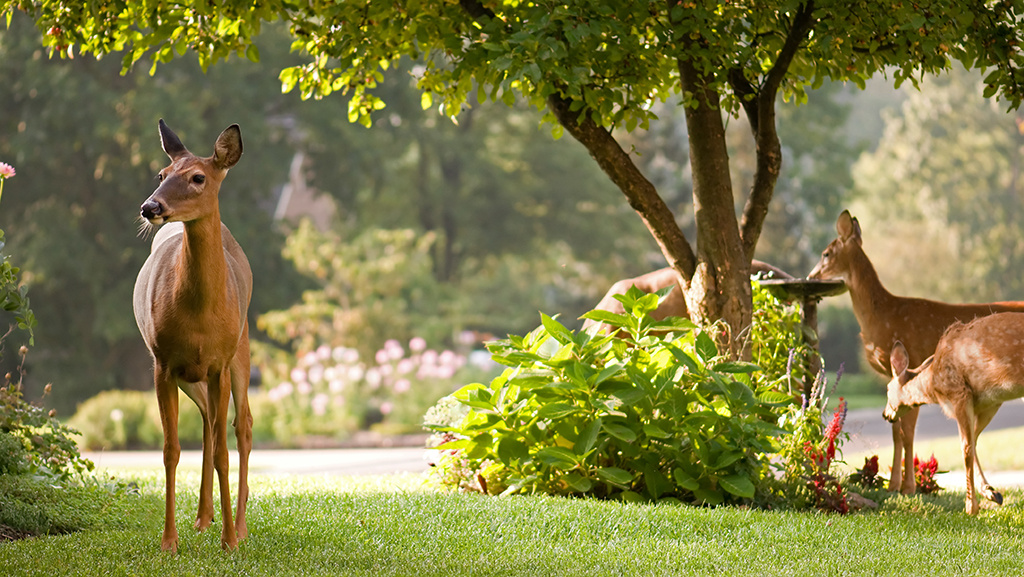
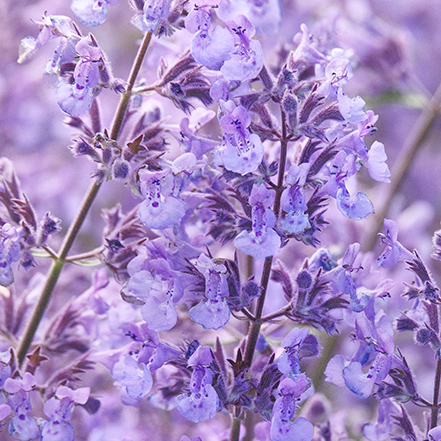
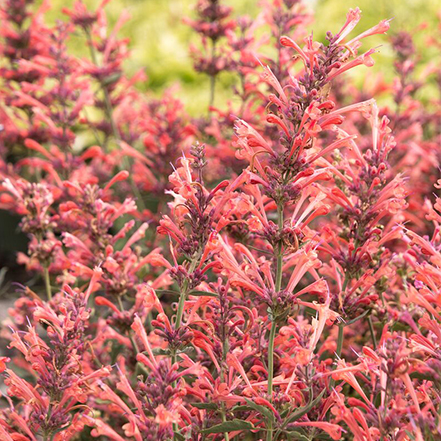
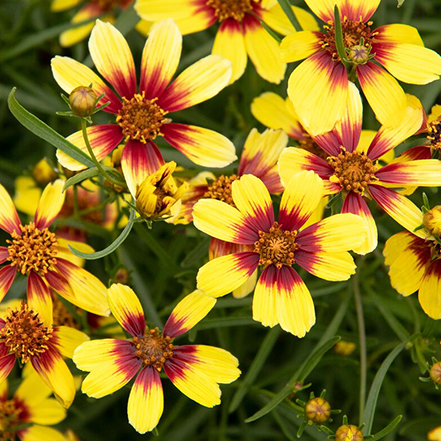
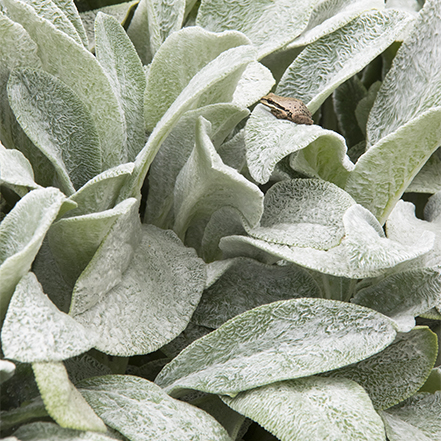
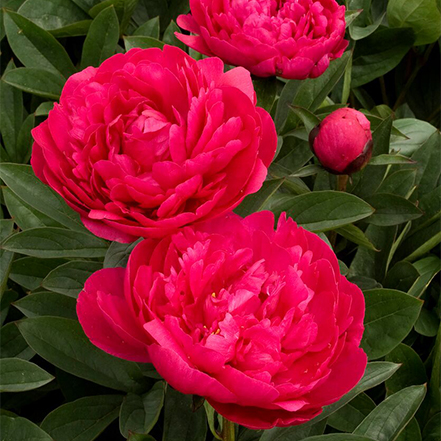
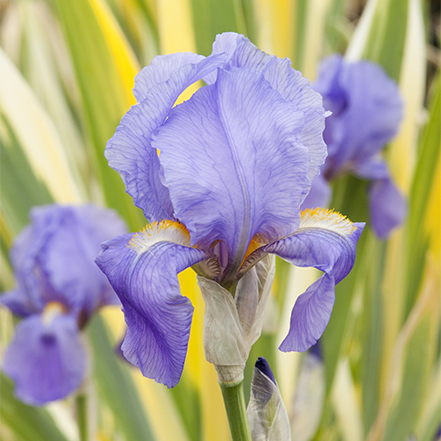
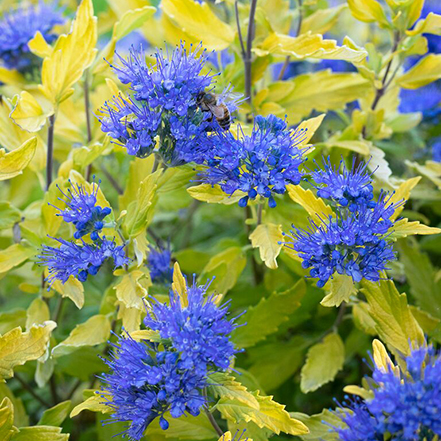
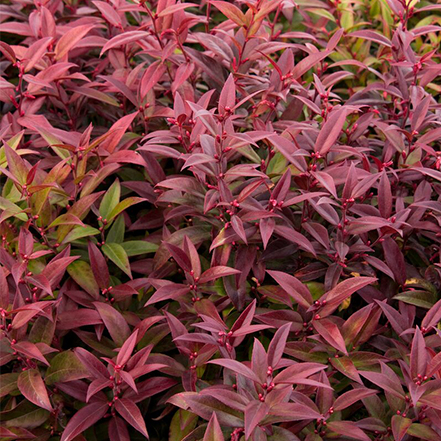
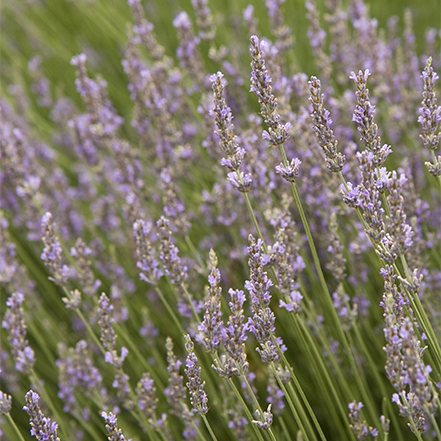
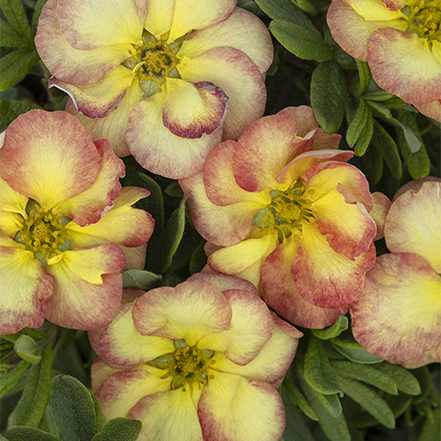
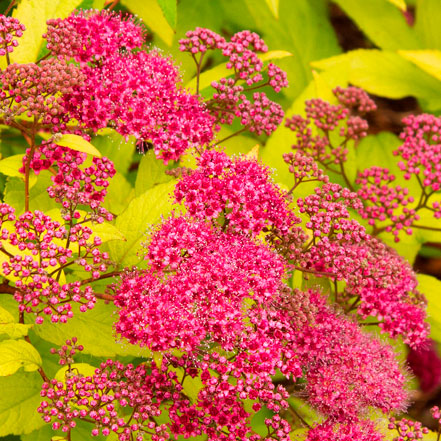
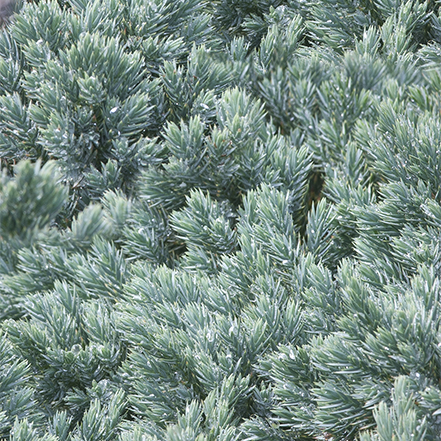
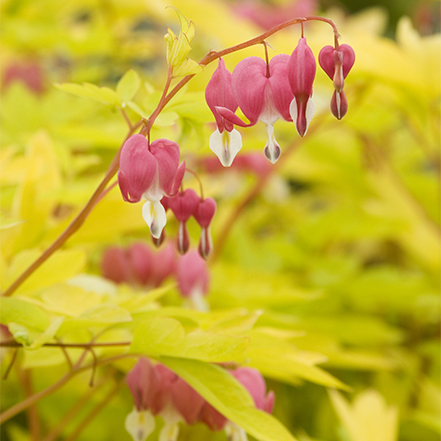
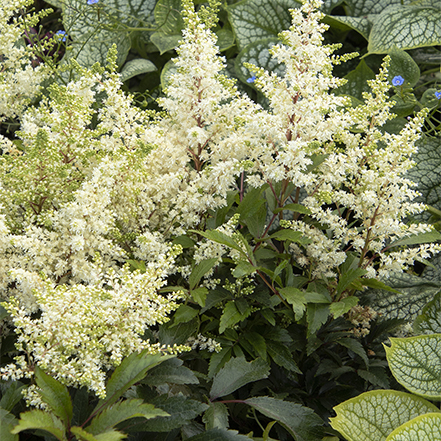
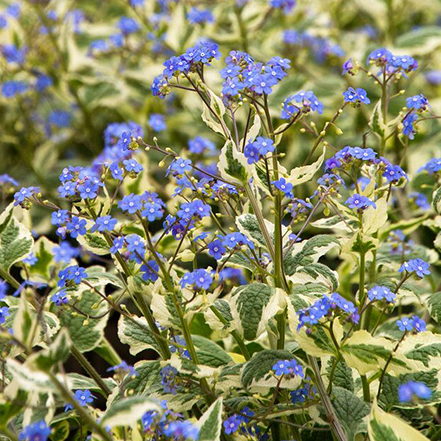
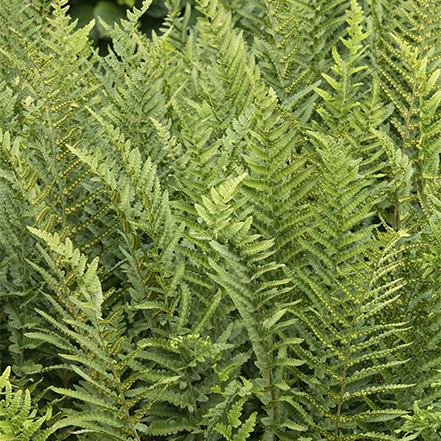
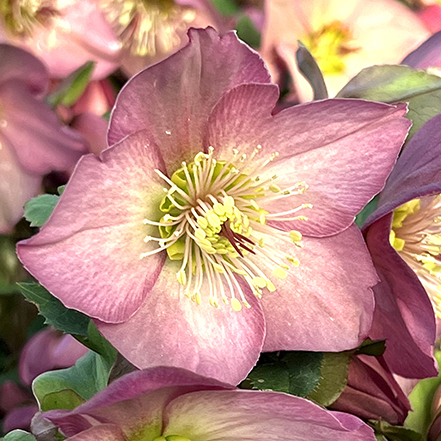
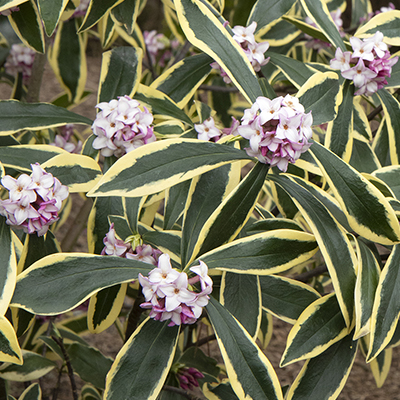

Please login to comment.
Don't have an account?
Sign Up for free